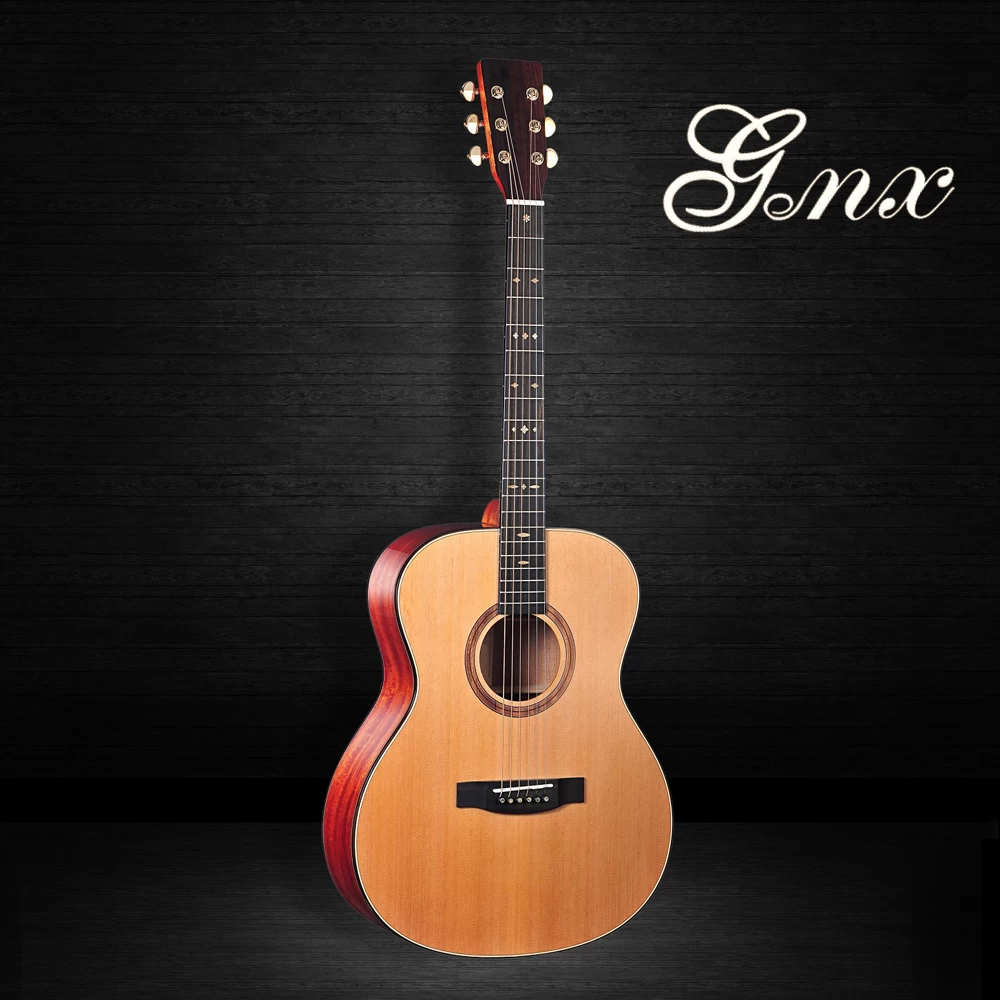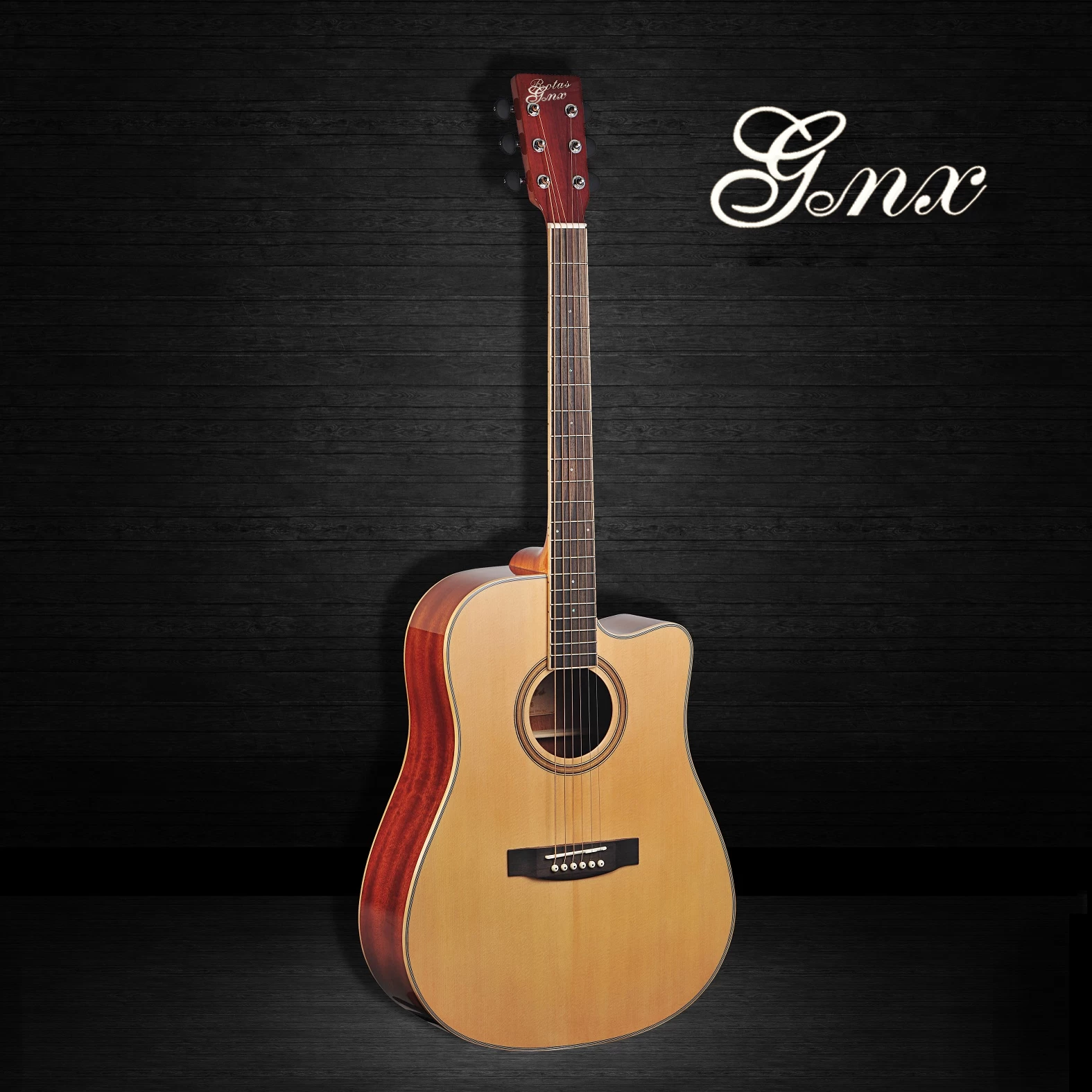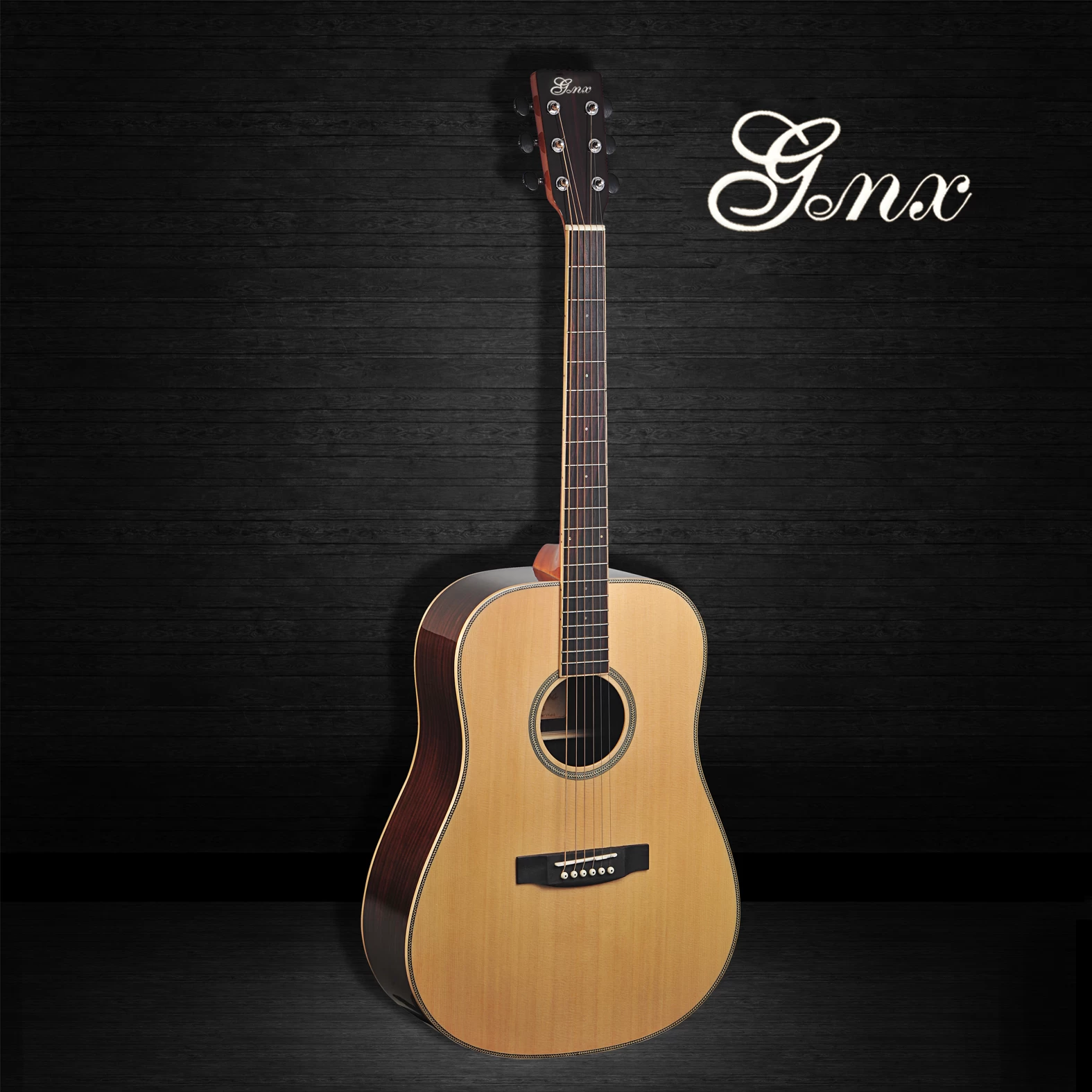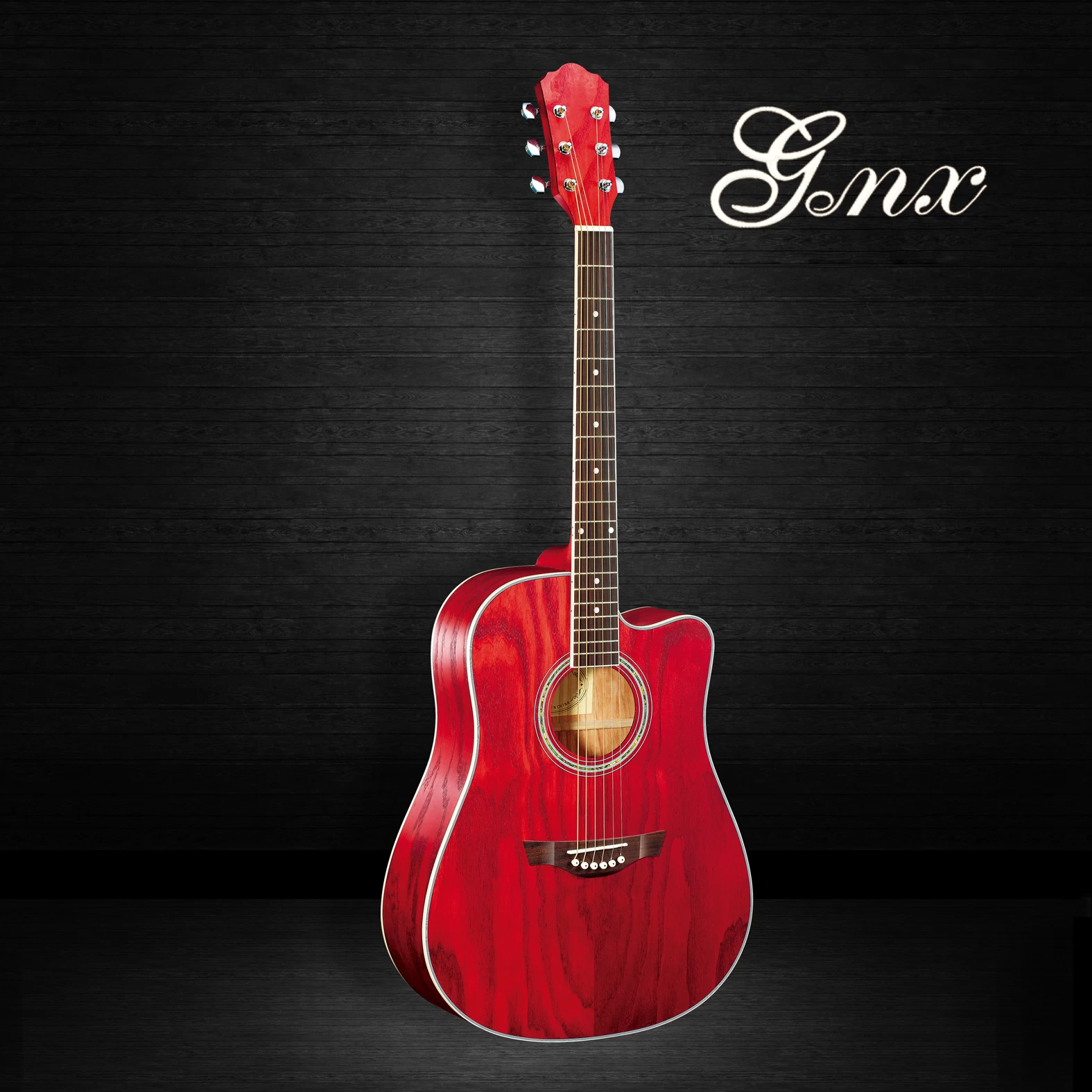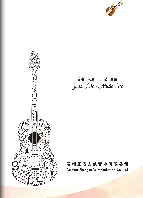GUITAR WOODS: ROSEWOOD
2018-03-26 10:43:24
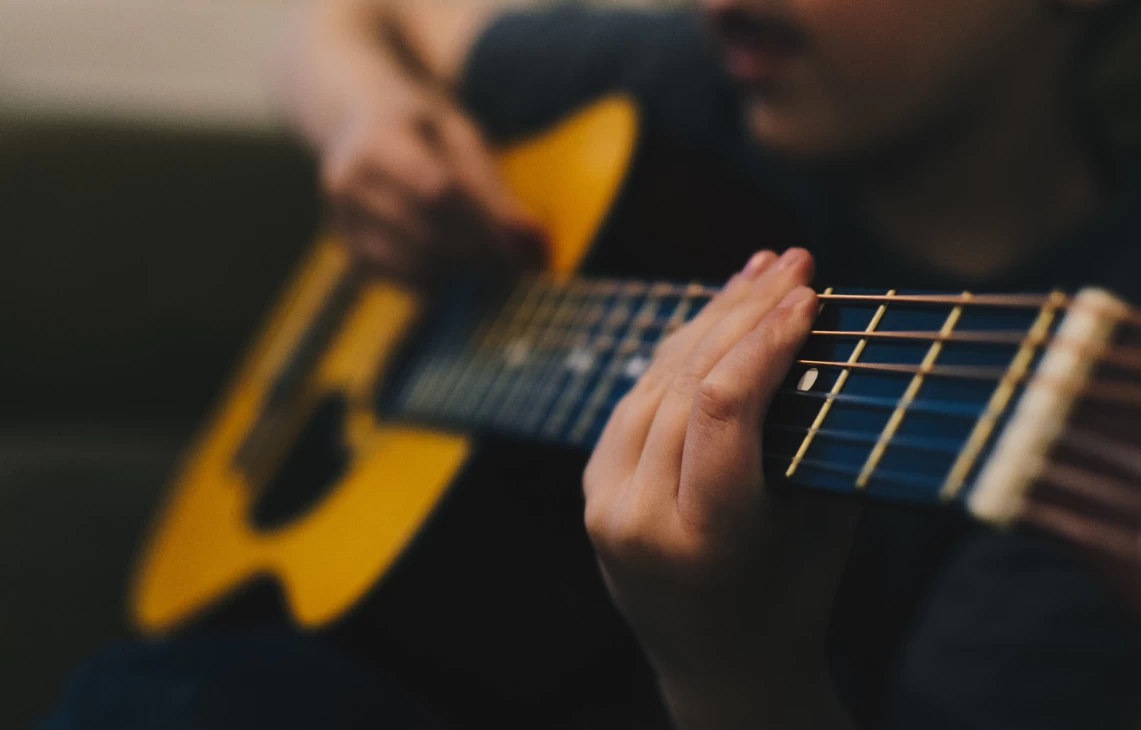
Indian rosewood (Dalbergia latifoglia),
Brazilian rosewood (Dalbergia Nigra).
The tree grows to a height of 25 mt with a 0.3 to 0.5 mt.
diameter. Average weight is 850Kg/mt3, so pretty heavy, and colour may vary from dark brown to purple depending on the cut.
Indian rosewood
Indian rosewood was first introduced by Leo Fender in place of maple and from then on has become the standard, and is nowadays the most common wood used for fretboard construction.
Indian rosewood tends to darken the tone a bit, adding warmth to the neck and generally to the whole instrument's tone. It's a pretty porous wood, and is therefore more subject than maple or ebony to react to climatic changes and to retain moisture and dirt. If used for fretboard we therefore recommend you reduce the thickness in favour of maple.
Rosewood fretboards should be periodically kept clean and oiled to avoid cracks that may occur if the wood is not properly seasoned and dries too fast.
Rosewood feel under fingertips is slightly rougher than that offered by maple (which is 99% of times finished) or ebony.
Brazilian rosewood
Brazilian rosewood, also known as "Bahia" and "Jacaranda", grows in Brazil and Honduras and it's becoming a pretty rare, protected and expensive wood.
The tree grows to a height of 15 to 30 meters with a 1mt diameter. Brazilian rosewood is denser and heavier than the Indian species, with a weight varying from 930 to 1100kg/mt3. Colour is light brown with very flashy yellow and orange stripes.
Due to its density, Brazilian rosewood tone is more similar to ebony, rather than Indian rosewood, with a nice balanced harmonical content on all frequencies and it is also not porous which means more stiffness, stability and sustain. Brazilian rosewood's feel at playing is smooth and similar to ebony's.
AN HISTORICAL NOTE:
While maple was at first the wood Fender choose for its fretboards, it was suddenly replaced by indian rosewood in 1959 on the Fender guitars, it appears for marketing and competition reasons ("The Fender Stratocaster - A.R.Duchossoir.").
After some time Leo Fender realized that the introduction of rosewood, an oily wood, had a negative impact on tone and on neck stability (the two woods tend to react in different ways to environmental and climatic changes) so he gradually reduced the rosewood thickness to almost a veneer (2 to 3mm) till in 1967 maple fretboards were re-introduced, first as a option, and finally for good in 1970.
Today, Fender offers both the options, but only a few of us know the whole story, which tells us a lot about the attention to be put into selecting the fretboard wood for a maple neck to highly preserve tone and neck stability.





